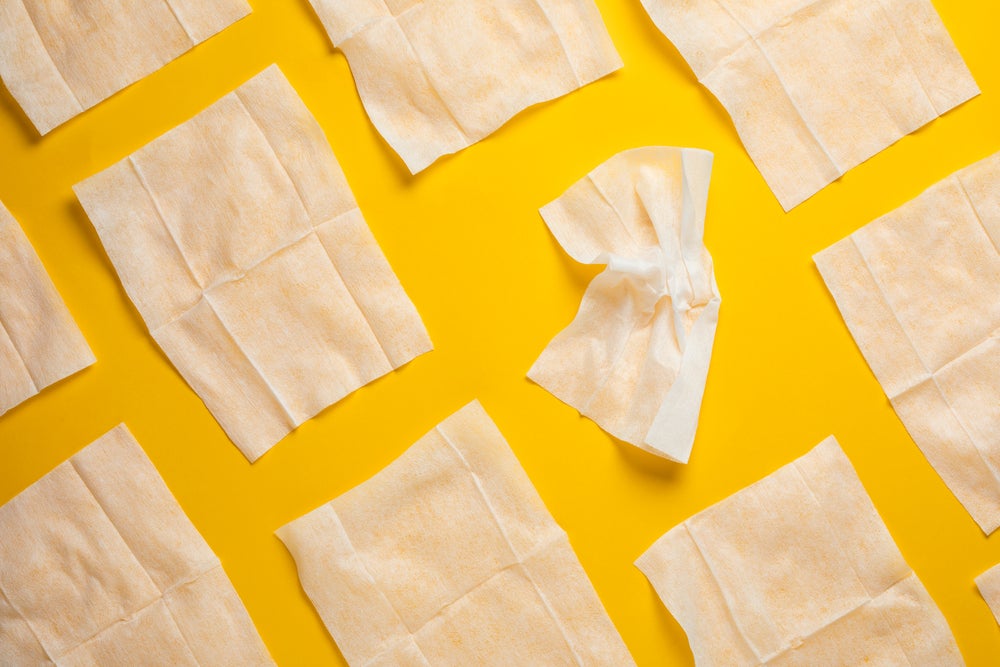Stora Enso has filed a patent for a method of manufacturing a film using highly refined cellulose fibers in a paper-making machine. The method involves providing an aqueous pulp suspension with specific characteristics, deflocculating and diluting the suspension, and feeding it to the paper-making machine. The patent aims to improve the manufacturing process for cellulose fiber films. GlobalData’s report on Stora Enso gives a 360-degree view of the company including its patenting strategy. Buy the report here.
According to GlobalData’s company profile on Stora Enso, Sustainable packaging paper coating was a key innovation area identified from patents. Stora Enso's grant share as of September 2023 was 57%. Grant share is based on the ratio of number of grants to total number of patents.
A recently filed patent (Publication Number: US20230313464A1) describes a method for manufacturing a film using highly refined cellulose fibers in a paper-making machine. The method involves several steps to achieve the desired film quality.
In the first step, an aqueous pulp suspension is provided, which contains at least 20% of highly refined cellulose fibers with an SR (Schopper-Riegler) value ranging from 80 to 100. The consistency of the suspension is maintained between 0.8% and 3% by weight. The suspension is then deflocculated and diluted to a lower consistency of 0.1% to 1.5% by weight by injecting it into an aqueous stream using a high shear mixer. This process results in a diluted aqueous pulp suspension.
Next, the diluted pulp suspension is fed into the headbox of a paper-making machine. It is important to note that the flow speed of the diluted suspension between the high shear mixer and the headbox should not fall below 2.5 m/s. Additionally, the aqueous stream used for dilution contains less than 0.1% of highly refined cellulose fibers or is completely free from them.
The consistency of the initial aqueous pulp suspension can range from 1% to 2.5% by weight, while the consistency of the diluted suspension obtained after dilution ranges from 0.1% to 1.2% by weight. The injection of the aqueous pulp suspension into the aqueous stream should be done at a flow speed of at least 10 m/s. The high shear mixer used in the process can be a static mixer.
The method also includes additional steps for further processing the film. In one variation, a wet web is formed by applying the diluted pulp suspension from the headbox onto a moving wire. The wet web is then dewatered to obtain the final film comprising the highly refined cellulose fibers.
In another variation, the wet web is partially dewatered and then laminated with a second partially dewatered wet web to form a multilayer web. The multilayer web is then dewatered to obtain the film.
During the forming and dewatering steps, the wire used in the process can be subjected to shaking to enhance the film quality.
Overall, this patent describes a method for manufacturing a film using highly refined cellulose fibers in a paper-making machine. The method involves specific steps and parameters to achieve the desired film consistency and quality.
To know more about GlobalData’s detailed insights on Stora Enso, buy the report here.
See Also:
Premium Insights
From

The gold standard of business intelligence.
Blending expert knowledge with cutting-edge technology, GlobalData’s unrivalled proprietary data will enable you to decode what’s happening in your market. You can make better informed decisions and gain a future-proof advantage over your competitors.






